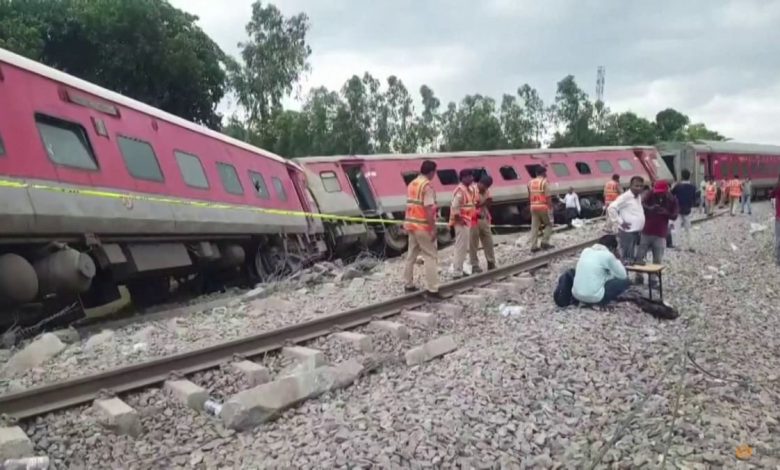Two dead, 24 injured in India passenger train derailment

ANTIQUATED RAIL SYSTEM
India has launched a US$30 billion railway infrastructure modernisation in a bid to boost the economy and connectivity.
But analysts say that while accidents have reduced over time, India’s antiquated rail system still has a long way to go.
An average of 20,000 people died each year between 2017 and 2021 in rail accidents – collisions, derailments and other causes – according to official records.
Defective tracks, poor maintenance and old signalling kit combined with human error were the main cause of derailments, a report by India’s top audit authority said.
Last year nearly 300 people were killed when a passenger train and a stationary goods train collided, with the derailed compartments then striking another fast-moving passenger service.
India’s worst-ever rail accident occurred in 1981, when a cyclone blew a train off its tracks and into a river in the state of Bihar, leaving 800 dead and more than 100 injured.
Indian Railways, the world’s fourth-largest rail network, runs about 14,000 trains daily with 8,000 locomotives over a vast system of tracks about 64,000km long.
The trains carry more than 21 million people each day.


 Offers free spin
Offers free spin